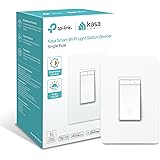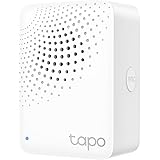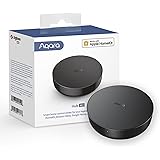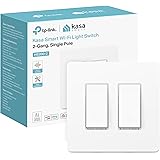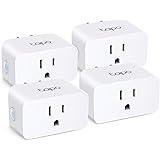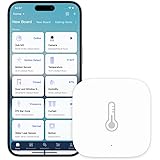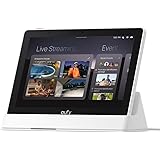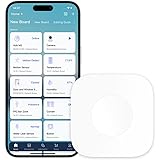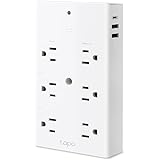
Home Assistant is a free and open-source software application designed to be a central control system for smart home devices with a focus on local control and privacy. It can be accessed through companion apps for Android and iOS, or by voice commands via a supported virtual assistant such as Google Assistant or Amazon Alexa.
Home assistant is fast, reliable and secure — it runs your entire smart home locally instead of relying on cloud servers to send and receive data. This means your devices can communicate directly with each other and without any latency, ensuring they respond quickly to your requests.
It supports over 2,100 smart home integrations which means you can use it to control all your devices and automations – irrespective of the technology or manufacturer behind them.
You can get started with Home Assistant for free and the community is always willing to help you. In addition to the core Home Assistant platform, there is also a number of third-party Add-ons available for you to extend your functionality and make your experience even more fun.
1. Automate & Control Your Whole Home
As an open-source project, the Home Assistant community are committed to maintaining high quality and security standards. This includes protecting your privacy and ensuring you can be confident that all your data is safe and protected from hackers and other malicious users.
2. Connect Your Devices Easily
A major benefit of Home Assistant is the vast number of device and integration options available to you. This is because the software is built on top of a platform called Python, which can be used to create complex and dynamic configurations.
3. Run it on Any Hardware
Because the Home Assistant core (Python) is so powerful, it can be run on a wide range of platforms and systems, including Windows, Linux, MacOS, Rasberry Pi, ODROID and more. In fact, if you have any hardware that can support Docker you can use the Home Assistant Container installation method which will deploy Home Assistant Core and related add-ons in separate containers.
4. Extend Your Features with Community-Developed Add-Ons
Finally, if you’re looking to extend the capabilities of your Home Assistant system further, then look no further than HACS (Home Assistant Community Store). This is where you can download and install custom integrations, UI widgets, themes and much more developed and made available by the community for free!
5. The Dashboard is a great place to start
If you’re new to Home Assistant, it’s probably best to begin with the default Dashboard which provides an overview of your entire home and is a good starting point for creating basic automations. Once you’re familiar with the interface, it’s easy to learn the rest of the system and start creating your own unique automations.
You can also customize the interface by adding your own personalised dashboards using Blueprints, which are pre-configured layouts of your settings, switches and devices. The best part is that these Blueprints are free and you can use them to build your own dashboards customised to suit your needs.
